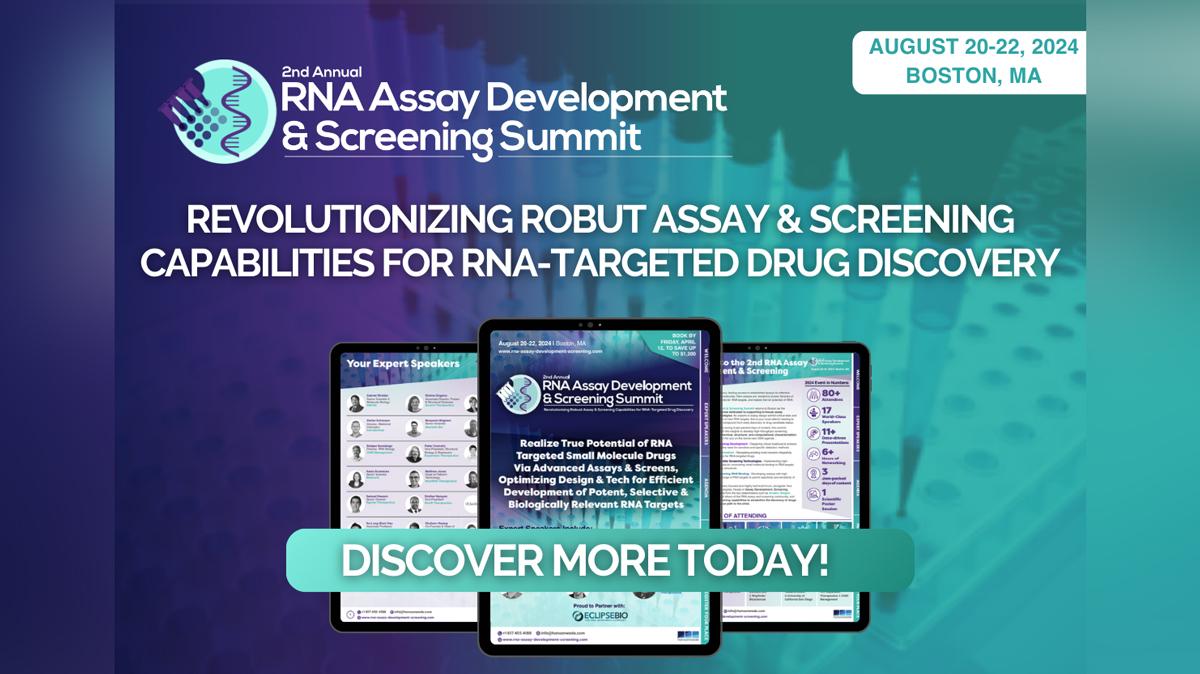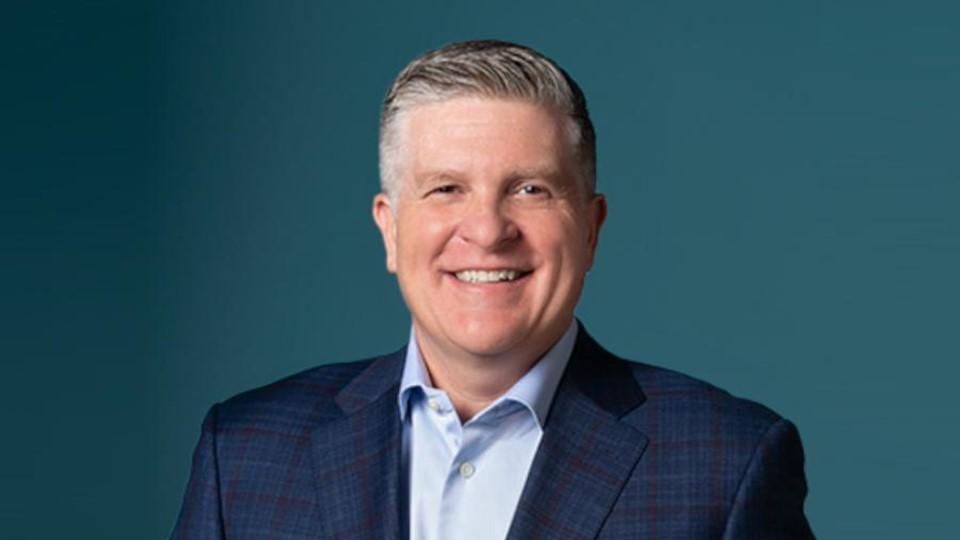Social pharma faces: Lee Aase

Rebecca Aris interviews Lee Aase
Mayo Clinic Centre for Social Media
pharmaphorum’s Managing Editor, Rebecca Aris, interviews Lee Aase of the Mayo Clinic Centre for Social Media on successful social media use as part of the ‘Social pharma faces’ series.
Lee Aase from the Mayo Clinic Centre for Social Media is an expert on social media use in healthcare. He is chancellor of a tongue in cheek online university, Social Media University Global, SMUG.
He features here as our latest social pharma face and shares his thoughts on why he thinks blogging is the peak of social media and how social media use needs to be aligned with business objectives.
To listen to the full interview, please click on the play button below, or see the shortened transcript in the interview summary below.
 ,
Quicklinks
00:15 – The goals of the Mayo Clinic centre for social media.
01:29 – Lee’s views on the advantages of blogging.
02:21 – Explanation of SMUG – social media university global.
04:01 – How Lee personally defines social media.
05:06 – What advice Lee has for companies who are devising their social media strategy.
06:45 – How Lee defines success in social media.
08:41 – Examples of social media use within both within and outside of healthcare companies have Lee deems to be a success.
10:33 – How Lee sees social media evolving and what he thinks it will look like in ten years time.
Interview summary
RA: Lee, thank you for joining me. Could you please start by explaining your work at the Mayo Clinic and more about the goals of the Mayo Clinic centre for social media itself?
LA: The Mayo Clinic Centre for Social Media was created just a little over two years ago. The idea was to build upon what we had been doing in social media for the previous four or five years, which had been essentially using social media for PR and marketing to support the work that my team had already been doing.
We see, through the centre for social media, an opportunity to go beyond that, to apply these revolutionary tools and help promote and improve healthcare.
Our goal with social media is to think more broadly, to think globally and to identify applications for social media tools like blog space, YouTube, Twitter and their private label analogues, and how we can apply those to make healthcare better.
RA: What do you see to be the advantages of blogging?
LA: Blogs are misunderstood because people tend to think of bloggers as sub-human life forms who sit in the basement all day and never get out of their pyjamas. A blog really is a really easy way to publish a website and I really see it as almost the peak of what I call the social media pyramid. It really ties things together because you can embed video and audio, include photos and include links to other resources. It’s the unifying home base for a social media presence.
 ,
"…people tend to think of bloggers as sub-human life forms who sit in the basement all day and never get out of their pyjamas…"
RA: Could you tell me more about SMUG?
LA: SMUG, or Social Media University Global is my tongue in cheek University of which I am the chancellor. It started as my personal blog just over six years ago, previously called ‘Lines from Lee’. During a presentation I was delivering I was asked me to do a Facebook 101 course, I joked during that presentation when I got some in depth questions, I said ‘That’s from the 201 class’. This gave me a thought that I could reorganise and rebrand my blog in the form of an online university since those are becoming so popular.
It’s a chance to have a little fun in the spirit of social media and a little tongue in cheek, but also provides an opportunity for some serious learning.
So I set things up with Facebook 101, 102, 103 as well as blogging 101, 102, 103. People can work through on their own, at their own pace and be able to, in a systematic, sequential order get the basics of how to use these tools. It also offers beyond the basics too, because we have higher-level courses like the 300 and 400 series where case studies of application of these tools (not just in healthcare) are presented.
RA: How do you personally define social media?
LA: I would define social media as interactive communications in which anyone has the power to communicate with the world. Previously, you had to have an FCC licence in the United States and a TV or radio transmitter to broadcast to the world. Now, the case of this audio, for example, we definitely could be reaching the world, or at least the people that are interested in it. The other neat part about it, is that it’s not just broadcasted content, it’s two way, or multi way, it’s many to many communication. It’s not just people who are anointed by either a government agency or by having a printing press that are able to communicate, anybody can.
RA: What advice would you offer companies who are devising their social media strategy? What sort of questions should they be asking?
LA: The big thing for companies to remember as they are developing a social media strategy is what is their core business, what are they trying to accomplish and how can these tools be harnessed to help them do that?
They may spend money on research and focus groups. Listening to social media is a great way to get a much more genuine, authentic voice of the customer. You may hear that they’re not talking about you, which is giving you a message too.
Look at whatever your bottom line business objectives are and understand these tools, their capabilities, not necessarily what they were invented for in the first place but how they can be deployed to accomplish their purposes and then do that. I advise people to think like MacGyver in the workplace (the famous TV series where he was known for being resourceful and taking what was lying around and deploying it to accomplish what he needs to get done in that particular episode).
 ,
"Listening to social media is a great way to get a much more genuine, authentic voice of the customer."
RA: How would you define success in social media?
LA: I think each organisation and each individual needs to define success in their own terms. Again, according to what they are trying to accomplish through their involvement. If all you are doing is just spending time and not accomplishing some kind of business objective you’re not being successful. In our case using social media or media relations, part of my goal was to tell stories and spread those stories about Mayo Clinic research advances or positive patient stories, to be able to share those through journalists to the general public.
As we were defining success, one of those elements was how could we use these tools to better inform journalists or better entice them into considering the story by making audio and video resources and better explaining what the story is all about. One of the endpoints that we’d see out of that was ‘did we get new stories resulting from this?’
Beyond that we’d look at people who are able to access our information directly without having to go through one of the traditional media outlets to actually see and hear and read our stories. We’d look at their interactivity with it, are they sharing the stories with their family and friends?
RA: What examples of social media do you, both within and outside of healthcare companies have use in that you deem to be a success?
LA: We belong to a group called Social Media.org, which is a group of large companies (essentially Fortune 500 companies) using social media. We’re not a ‘for profit’ company but we are large and we’re about an $8 billion per year organisation. Through that we come across lots of companies that are using these tools effectively.
DELL computer for instance has sold a lot of refurbished computers on Twitter with almost no marketing expense. Each company has its own objectives and needs and there are many of them that are out there using these tools to meet those.
RA: Finally, how do you see social media evolving and what do you think it will look like in ten years’ time?
LA: Considering that Facebook is six or seven years old, ten years’ time is kind of a long time frame. What I would say is these tools will increasingly be used with variations and offshoots being developed to meet particular needs.
Pinterest for instance is a relatively new site that was one of the fastest to get to 10 million users in history. It’s something that I didn’t see coming and so it’s hard to know.
The principle that you’ll see now is with nearly a billion people using Facebook regularly, this is something that’s here to stay. It’s something that’s going to increase and it will be an expectation for web and mobile users that they will be able to interact with companies. Organisations of all sizes need to at least consider how these tools will affect them but, more importantly, look at how they can harness these tools to meet their business goals and to help them improve as an organisation.
RA: Lee, thank you very much for your time and for your insight.
LA: Glad to be with you.
Subscribe to pharmaphorum on YouTube to be the first to hear about new videos - http://www.youtube.com/pharmaphorum.
 ,
About the interviewee:
Lee Aase, Director of the Mayo Clinic Center for Social Media. Aase heads the first-of-its-kind social media center focused on health care, which builds on the Mayo Clinic’s leadership among health care providers in adopting social media tools to communicate with patients. Aase is also the Chancellor of the Social Media University, Global, a free online higher education institution providing practical, hands-on training in social media to lifelong learners.
What should be considered when devising a social media strategy?












